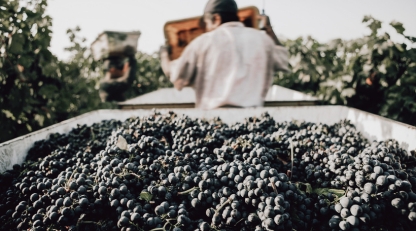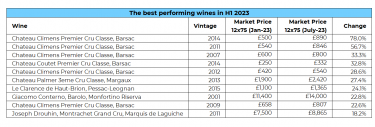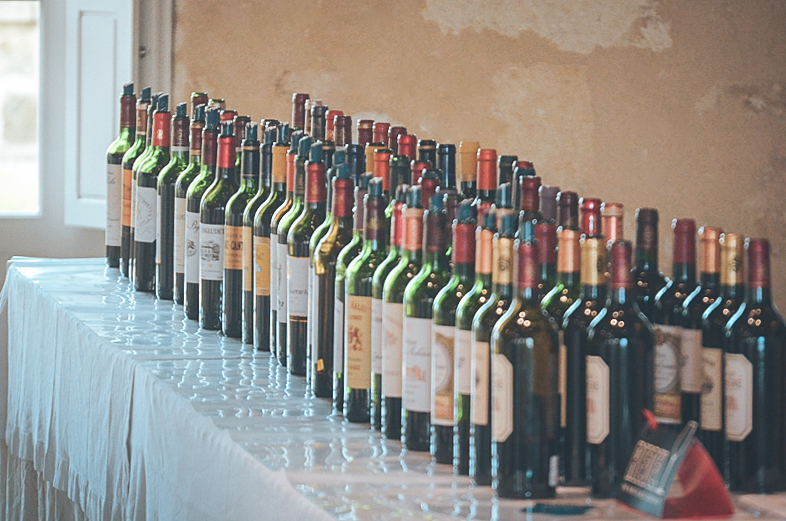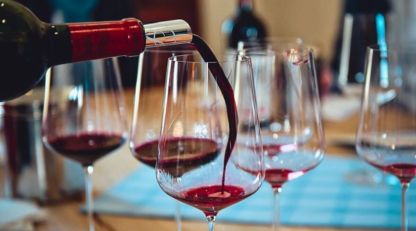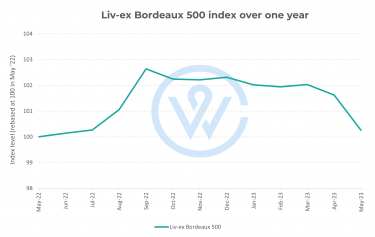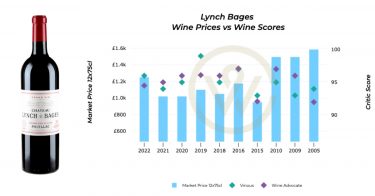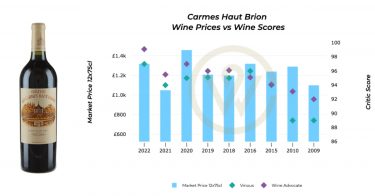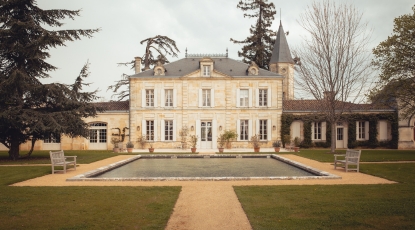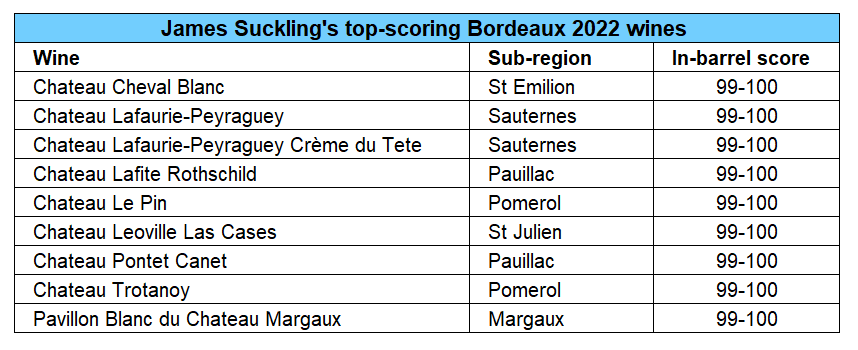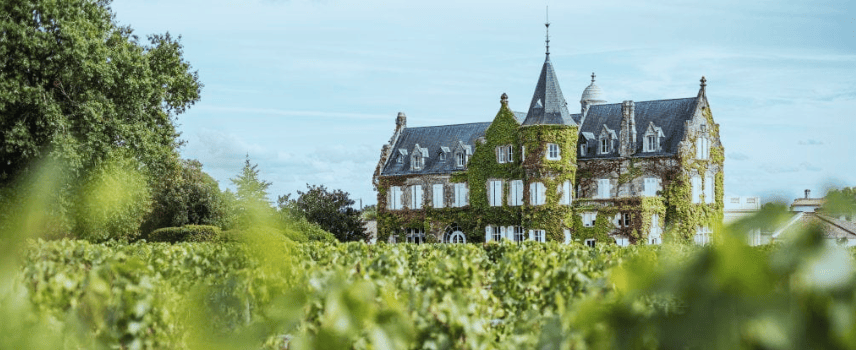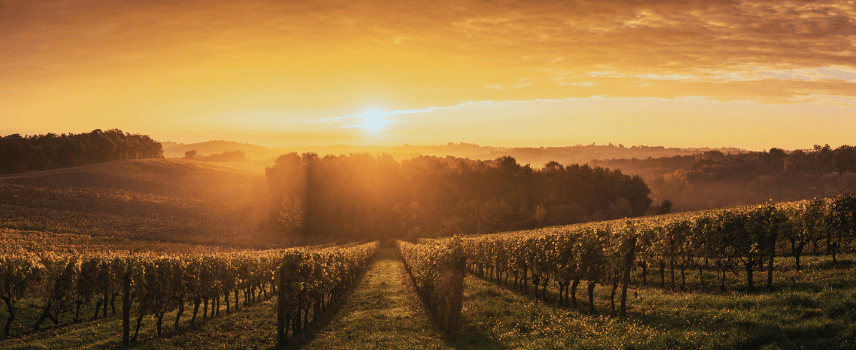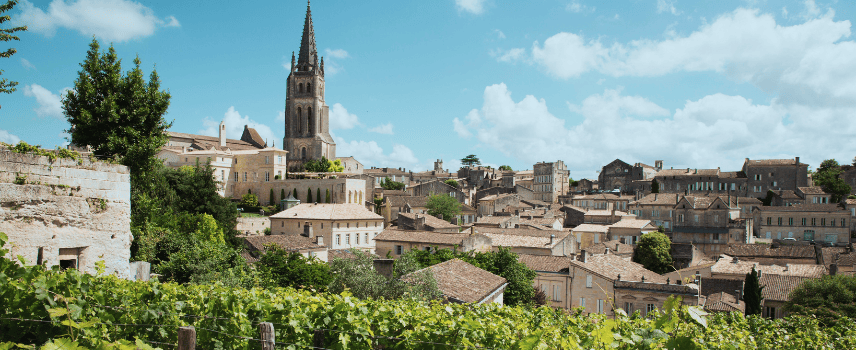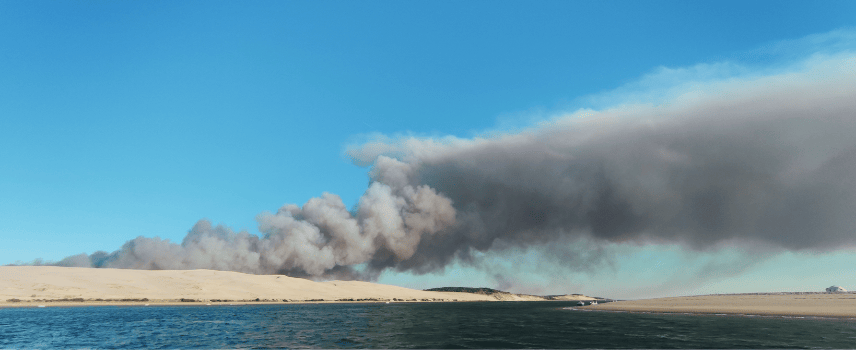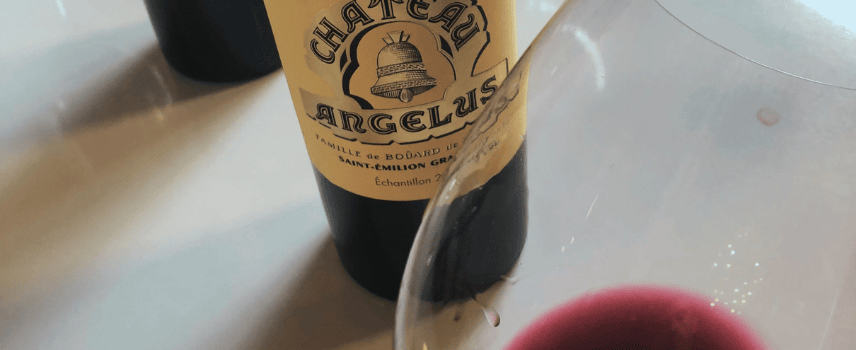- France’s 2023 wine harvest projects between 44-47 million hectolitres, benefiting from potentially strong yields in Champagne and Burgundy.
- Italy anticipates up to 14% reduction in its 2023 harvest due to extreme weather, marking it among its smallest harvests.
- Historical trends showcase climatic vulnerabilities, emphasising the need for sustainable viticulture practices.
As harvest time approaches, we take a look at forecasts for the 2023 vintage in France and Italy. While France appears to be set for a stable year – in line with the five-year average, Italy’s harvest might shrink as a result of extreme weather, as climate change continues to leave its mark.
French wine regions face diverse conditions
According to the French agriculture ministry, France’s wine harvest in 2023 looks promising, with estimates suggesting a national production between 44 million and 47 million hectolitres. This figure nudges slightly ahead of the previous year’s 45.4 million hectolitres. One reason for optimism is the performance in regions like Champagne and Burgundy, which is expected to offset challenges in Bordeaux.
Indeed, Bordeaux has not had it easy. Consecutive thunderstorms, high temperatures, and downy mildew have plagued the region. Notably, Gironde’s chamber of agriculture reported that a whopping 90% of vines have been affected by downy mildew. Languedoc and Roussillon have also been suffering from persistent drought.
Meanwhile, Champagne and Burgundy are set for an above-average harvest. Champagne has successfully averted frost and hail damage and diseases have been contained. Similarly, Burgundy looks poised for grape production higher than the five-year average. The situation in neighbouring Beaujolais is also looking better than last year.
If projections hold, France may place as Europe’s largest wine producer in 2023, especially given the challenging outlook for Italy.
Italy’s climate woes
Italy is staring at a potentially reduced harvest in 2023. From searing heatwaves to devastating floods, the nation’s vintners have confronted multiple challenges. Extreme weather events could result in a harvest that is up to 14% smaller than in 2022. If this forecast proves accurate, 2023 could rank with years like 1948, 2007, and 2017 as one of Italy’s smallest harvests on record.
However, while the national outlook seems daunting, the situation varies by region. The north, including areas like Piedmont, Lombardy, and Veneto, has remained relatively stable despite recent fierce hailstorms. By contrast, southern and central Italy might see significant drops in production, with Sicily in particularly struggling with wildfires, heat, and mildew. Still, the Assovini Sicilia wine association noted that grape quality remains intact for 2023.
Historical context
France and Italy have witnessed harvest highs and lows over the decades. Historically, France’s most significant harvest was in 2004 with a record 58.3 million hectolitres. In contrast, 2017 saw a decline of almost 20% due to weather adversities.
Italy’s bumper harvest year was 1982, with a record production of 65 million hectolitres. The country’s most challenging years have been spaced apart, with significant lows in 1948, 2007, and potentially 2023.
In conclusion, the 2023 harvest projections for France and Italy offer a revealing snapshot into the challenges and opportunities presented by the ever-shifting climate. While France gears up for a potentially favorable yield, owing largely to robust performances in regions like Champagne and Burgundy, Italy grapples with the stark realities of climate change, which threatens to render 2023 one of its leanest harvests. These trends not only highlight the adaptability of the wine industry but also underscore the urgent need for sustainable practices and proactive measures to mitigate the impacts of adverse weather patterns on viticulture. As the historical data indicates, while wine-producing regions have faced fluctuations in the past, the growing unpredictability of climate patterns demands heightened vigilance and innovation in the realm of winemaking.
WineCap’s independent market analysis showcases the value of portfolio diversification and the stability offered by investing in wine. Speak to one of our wine investment experts and start building your portfolio. Schedule your free consultation today.
